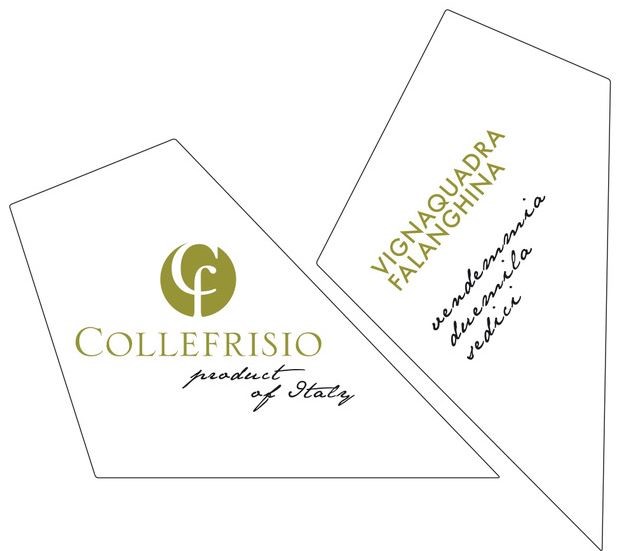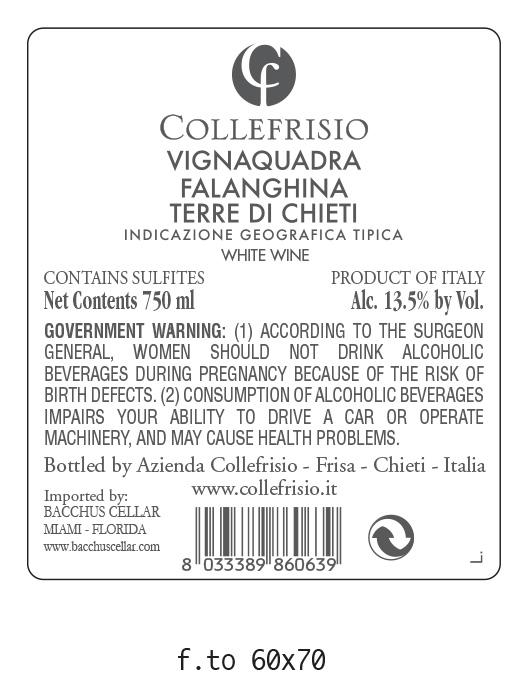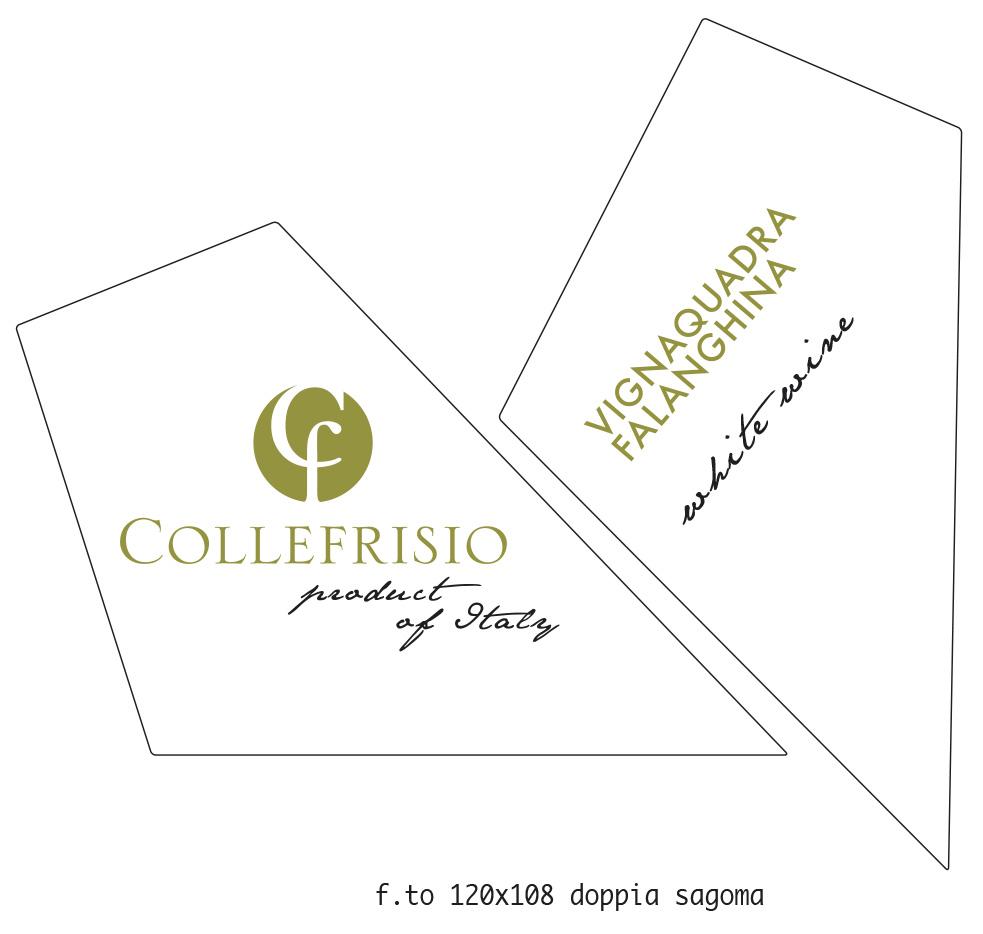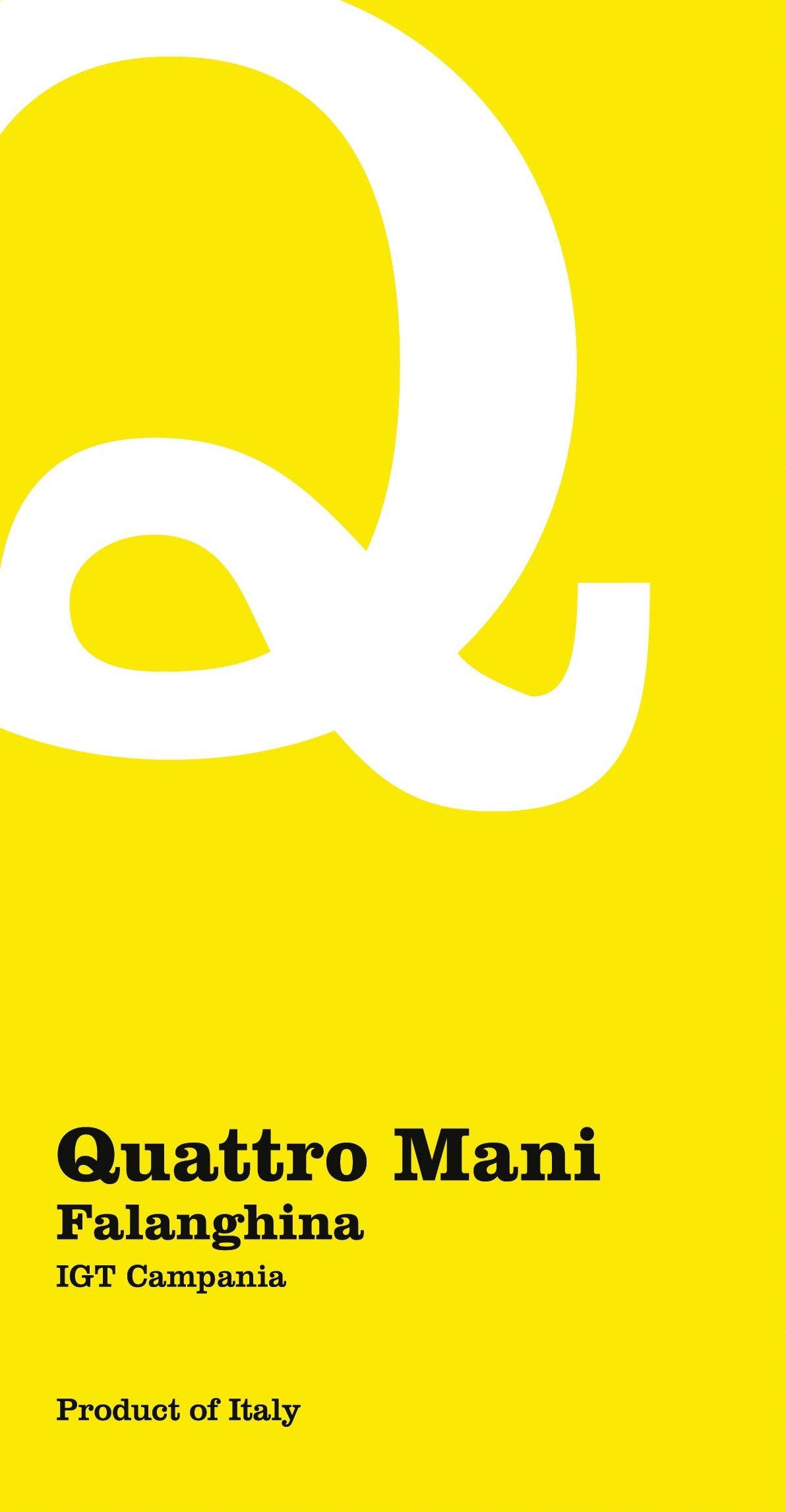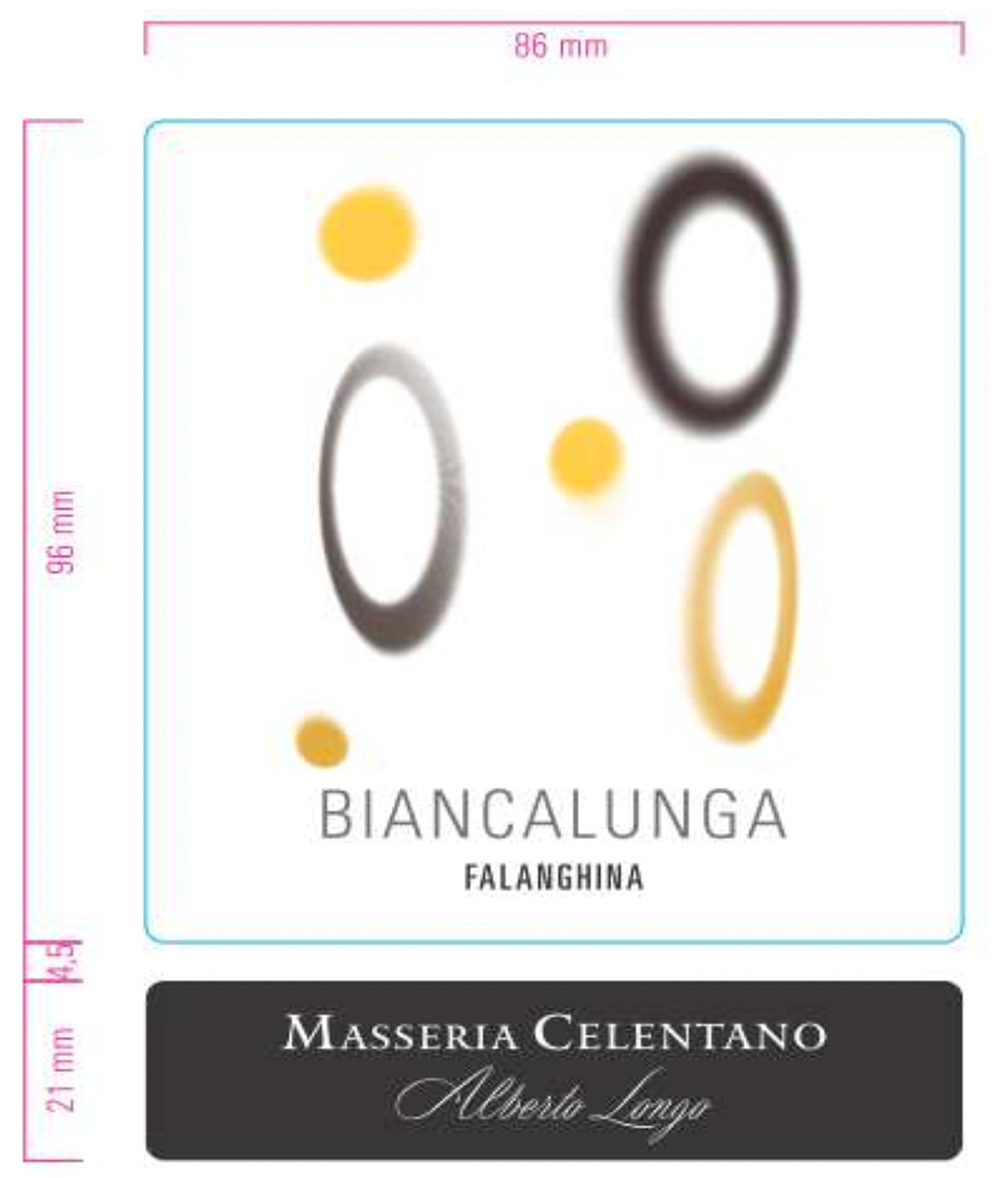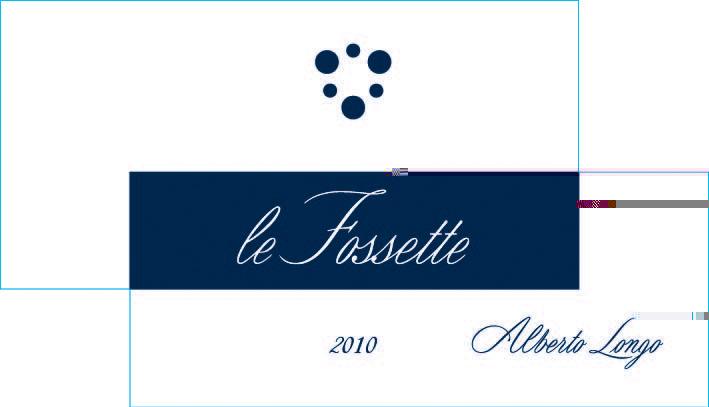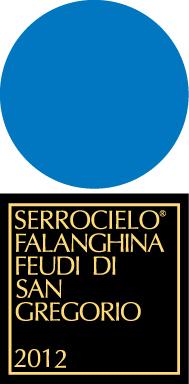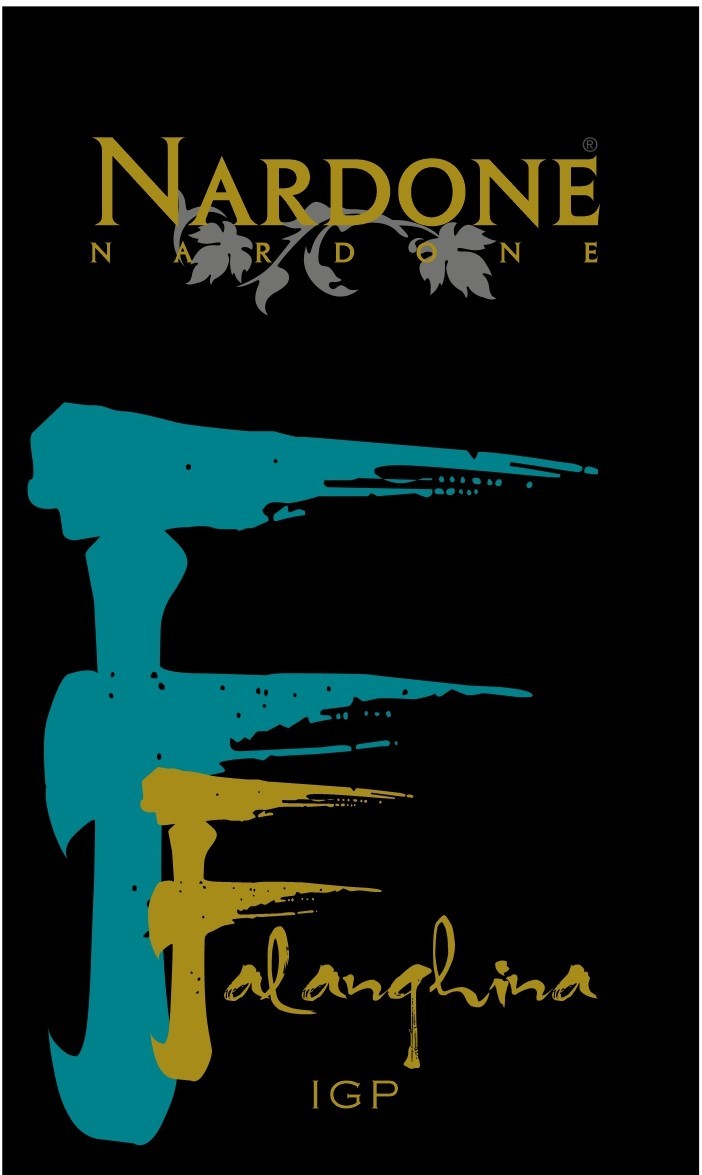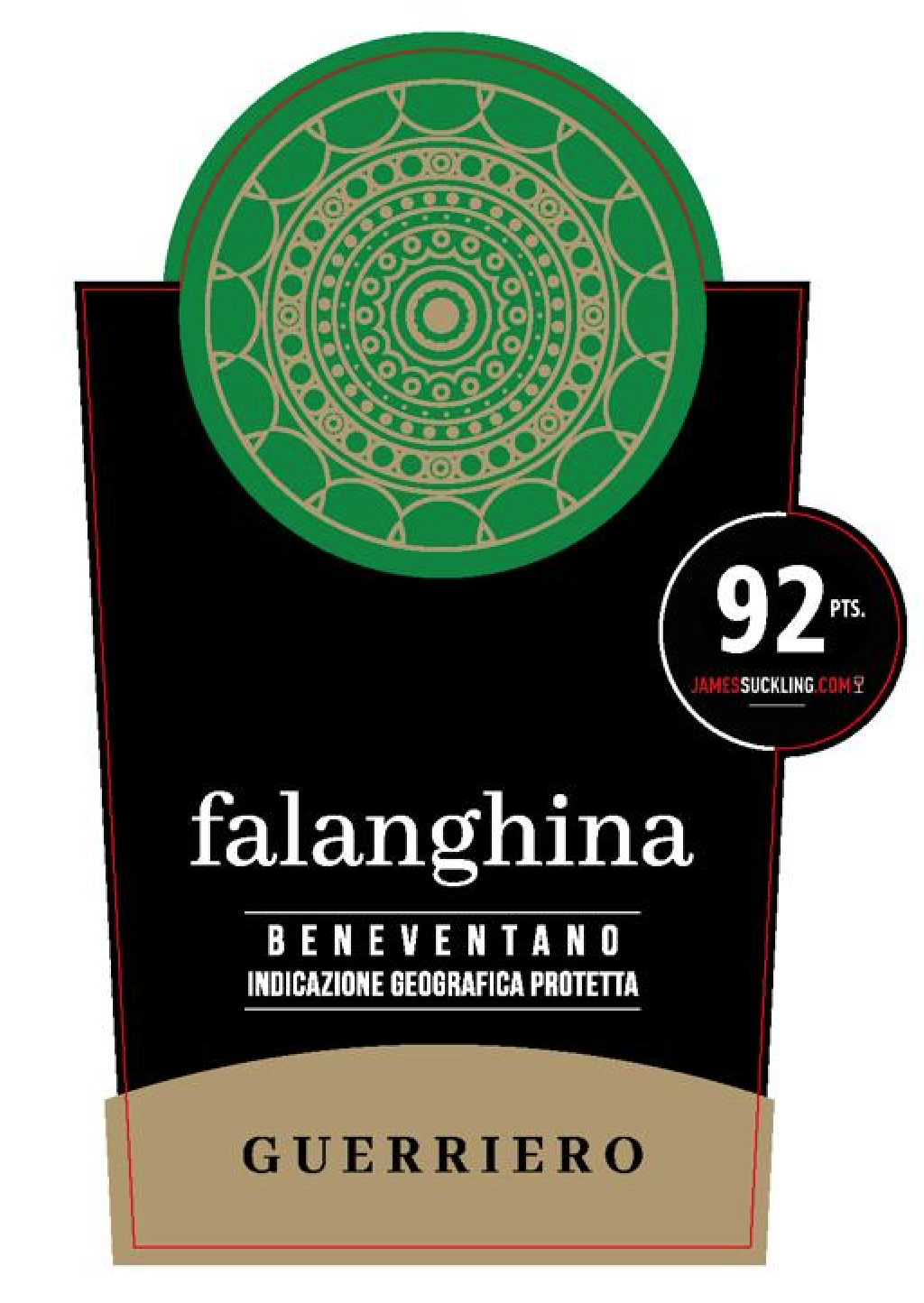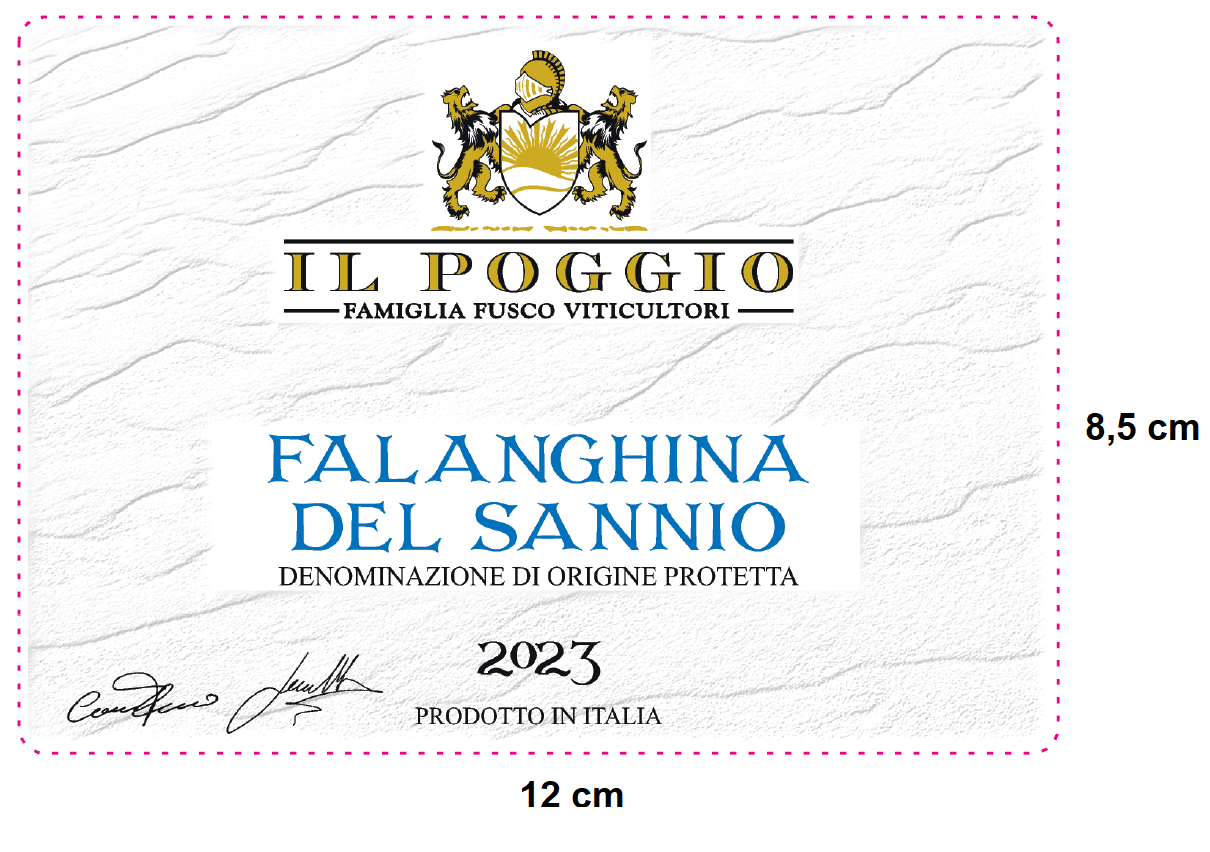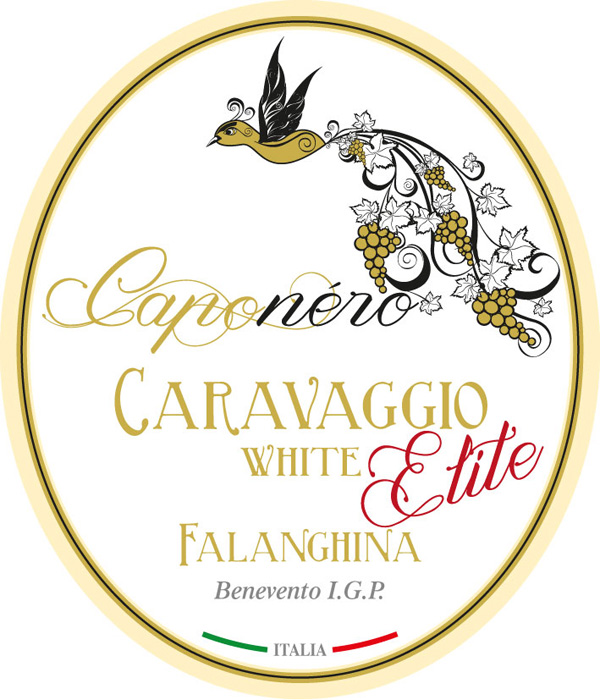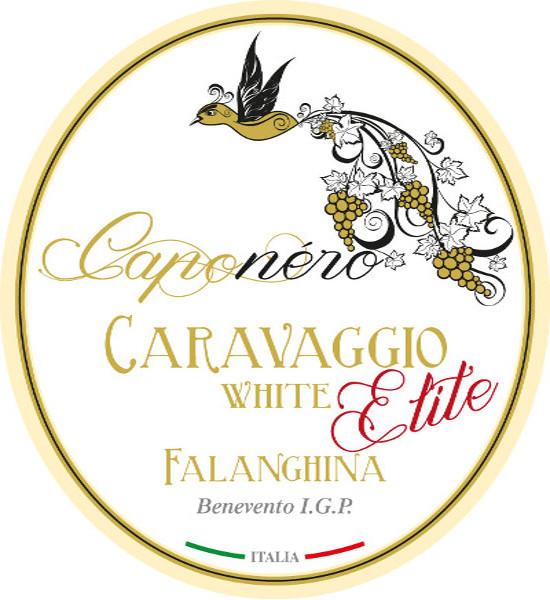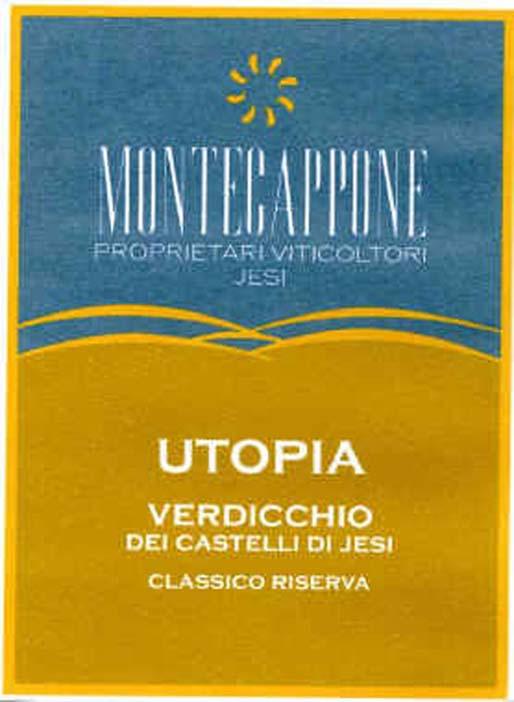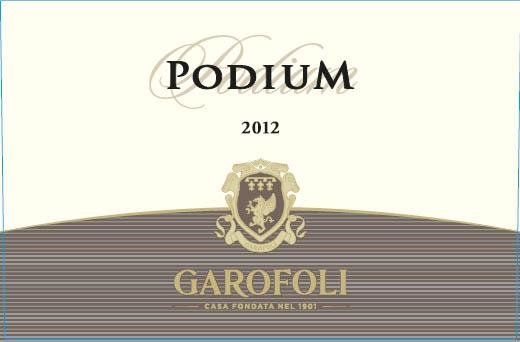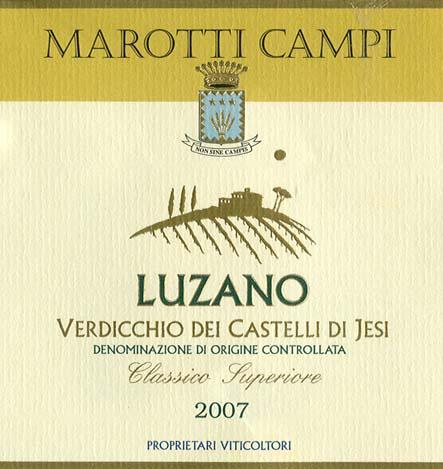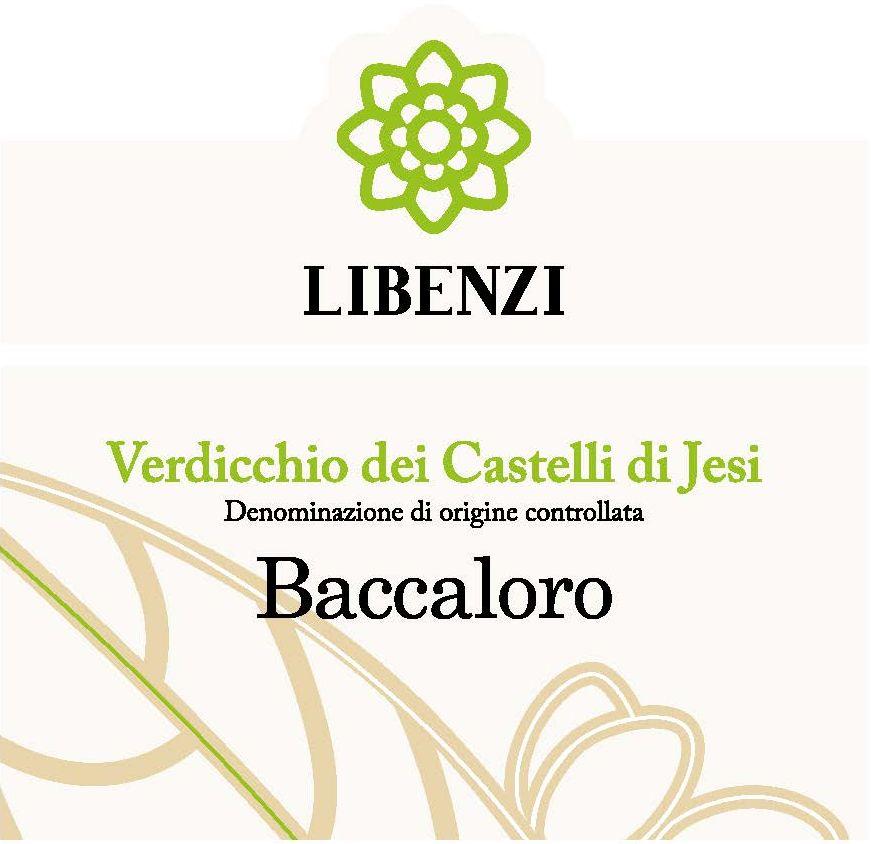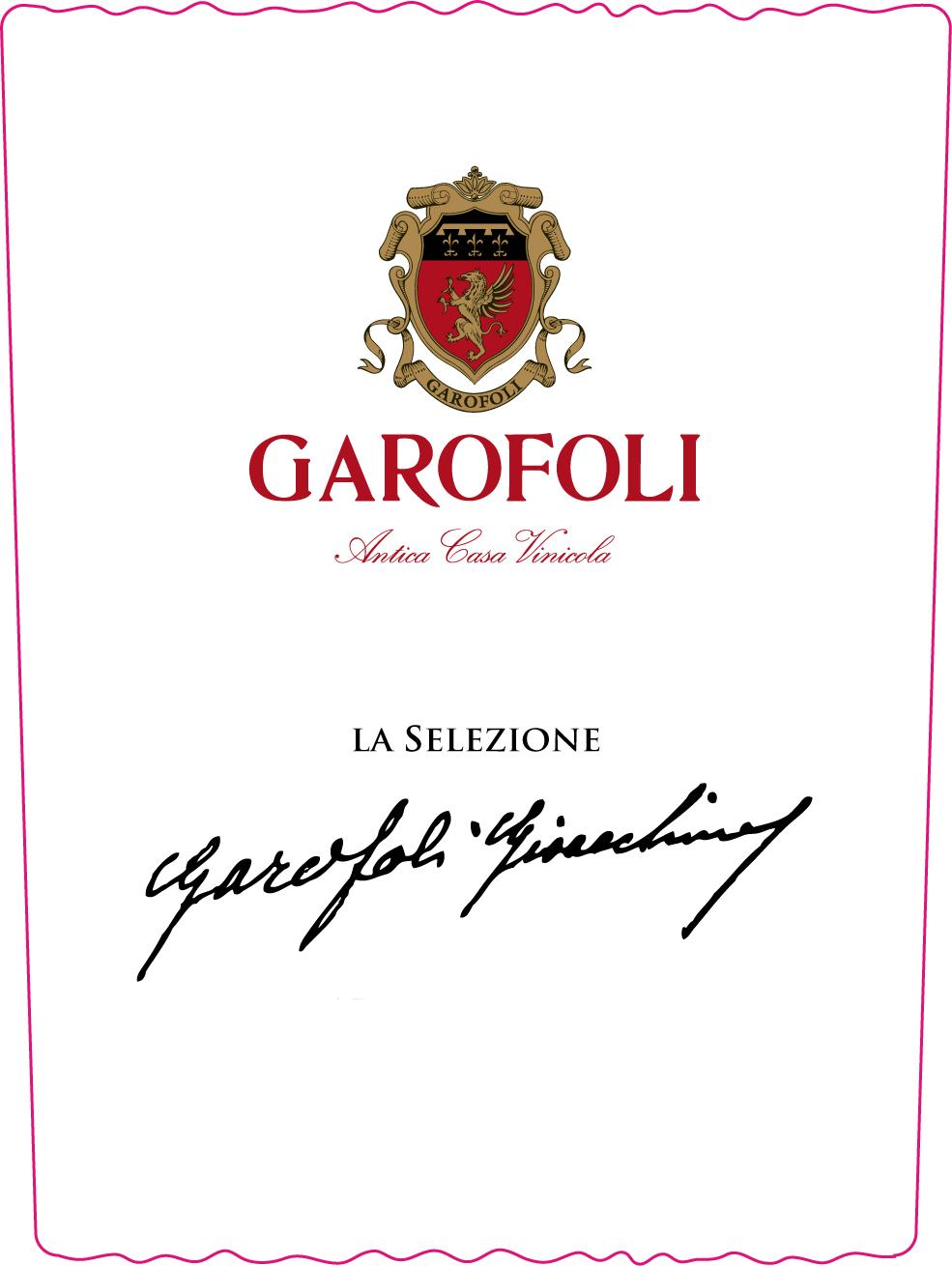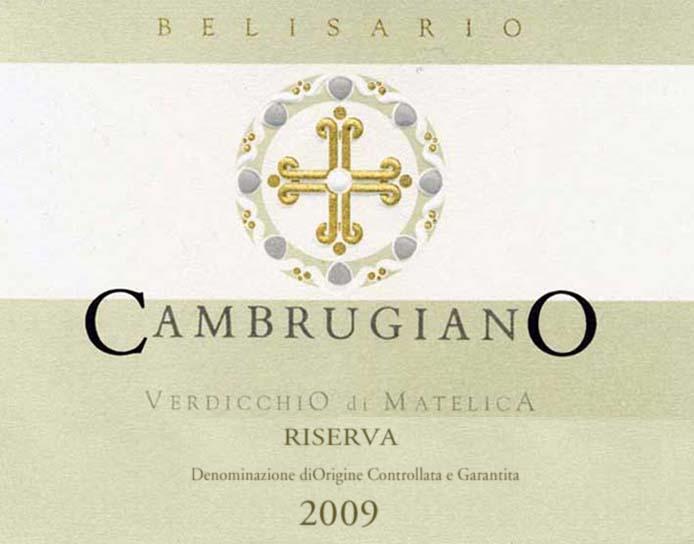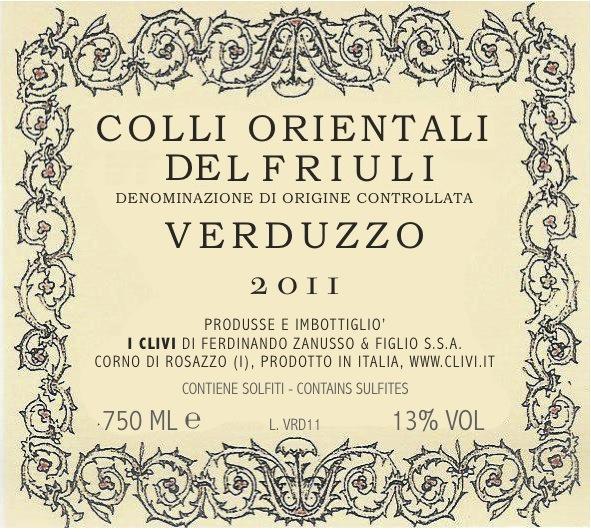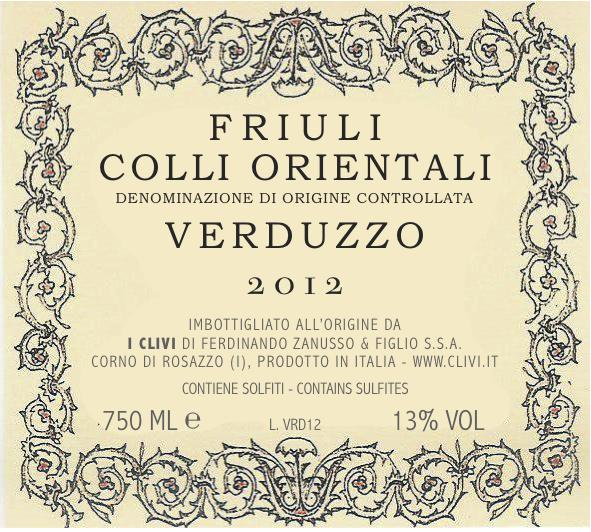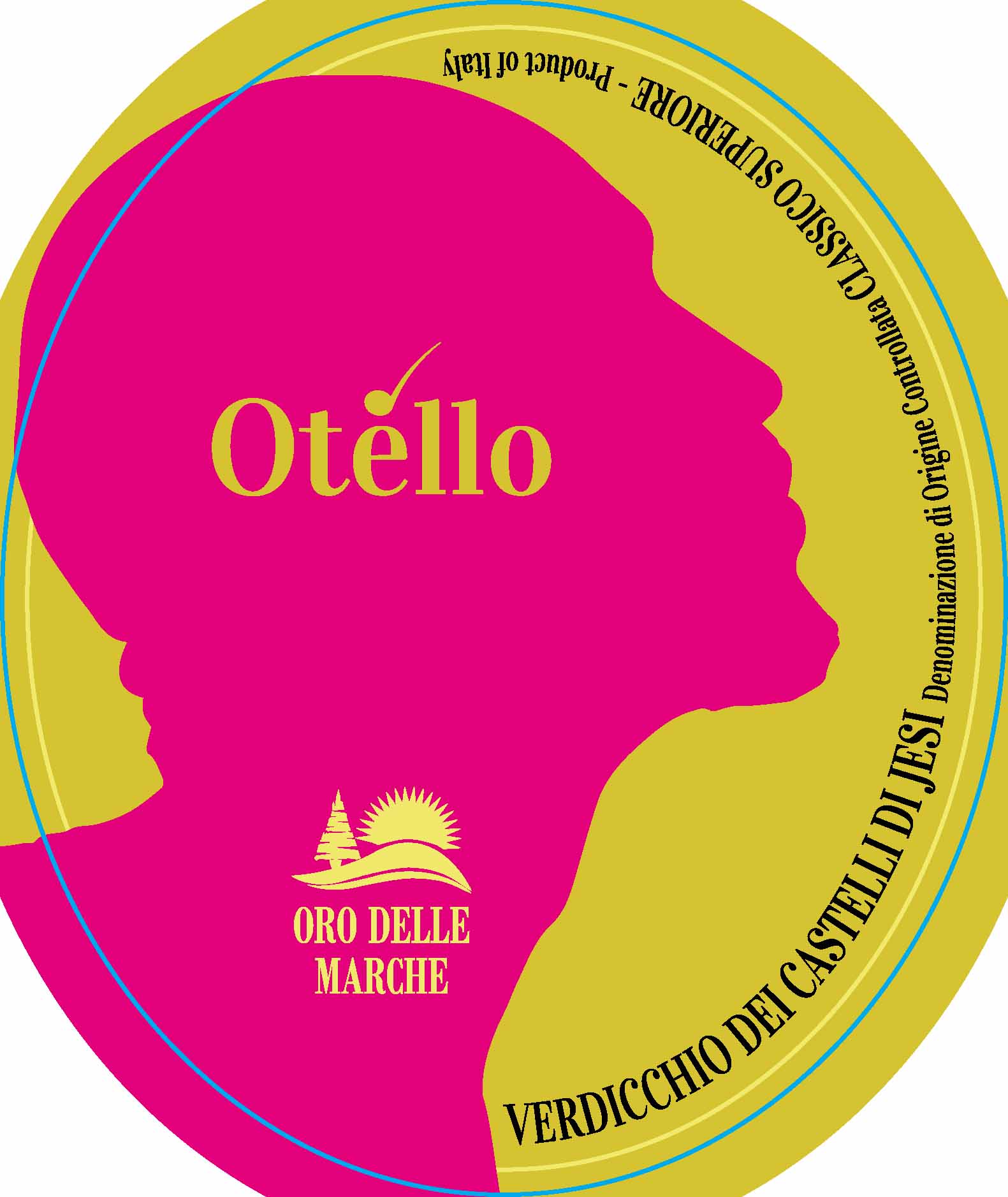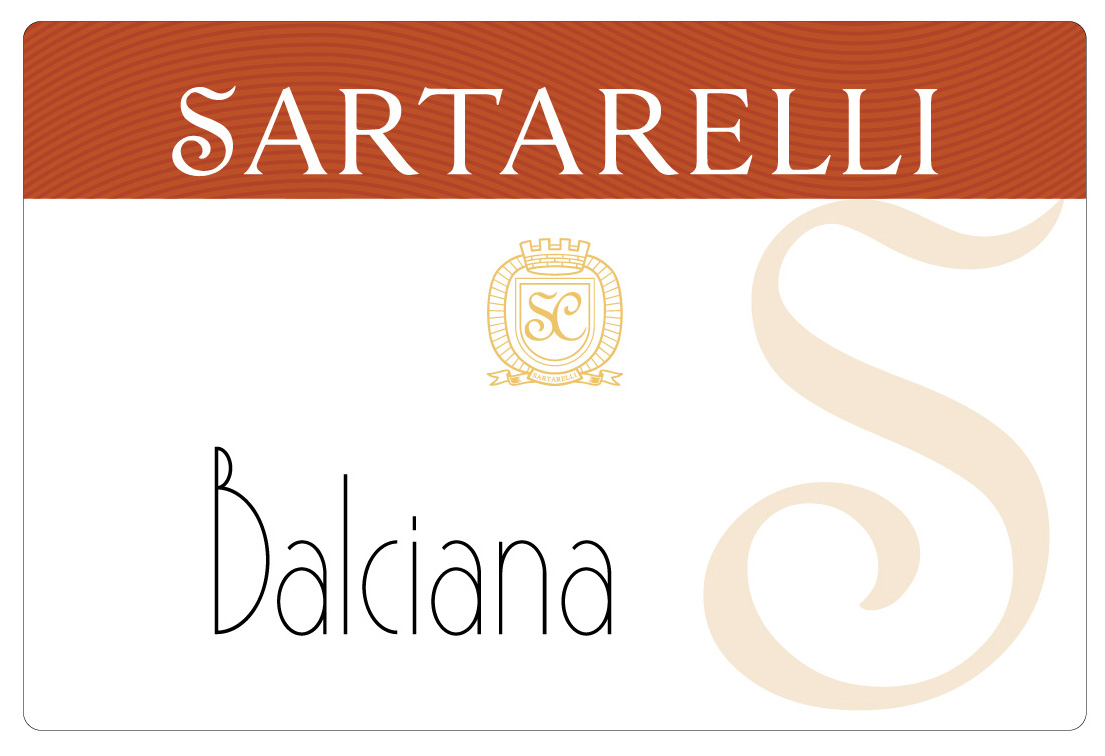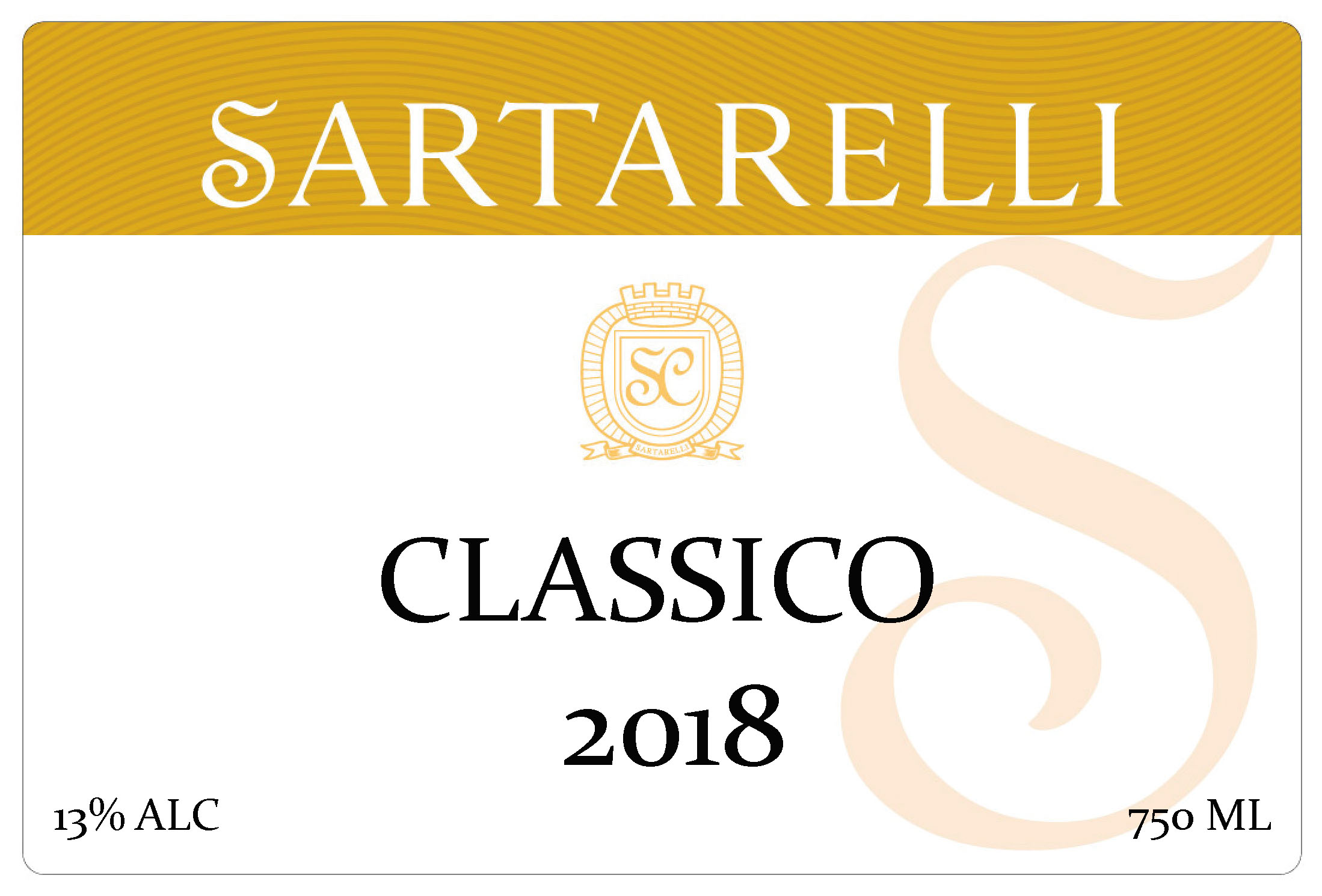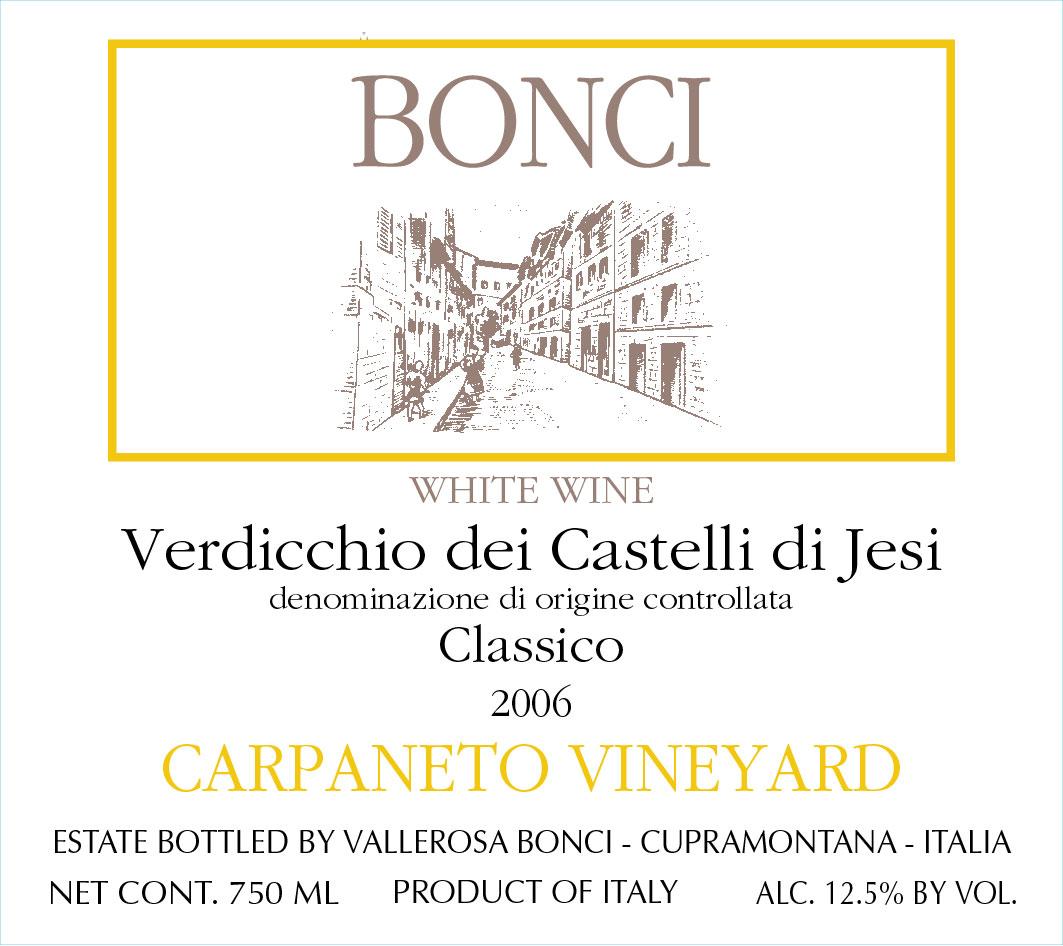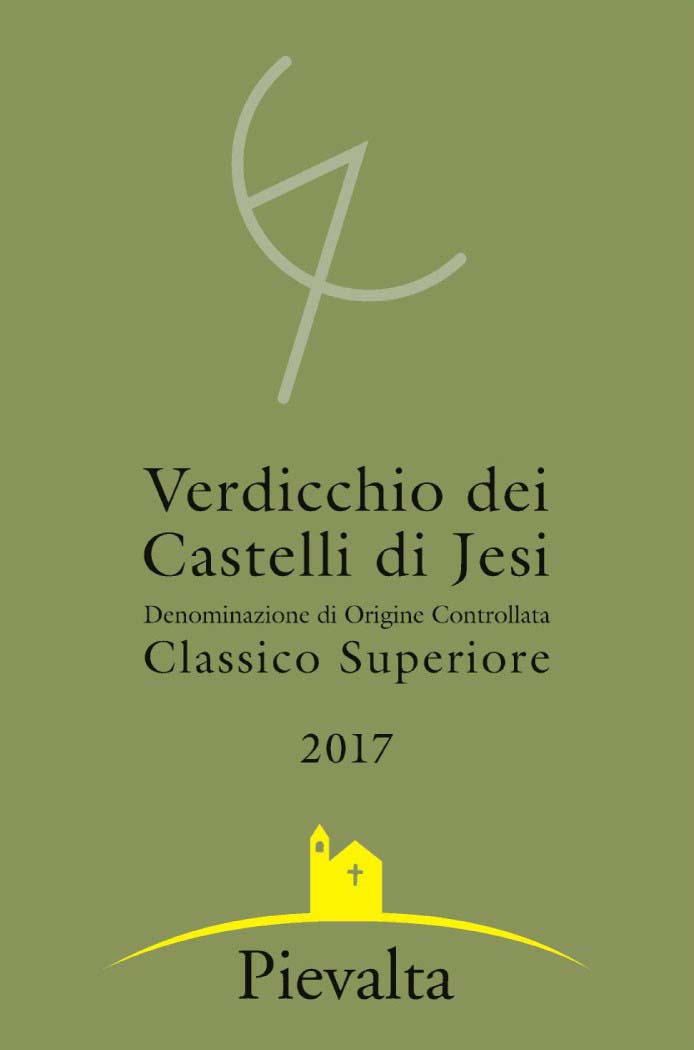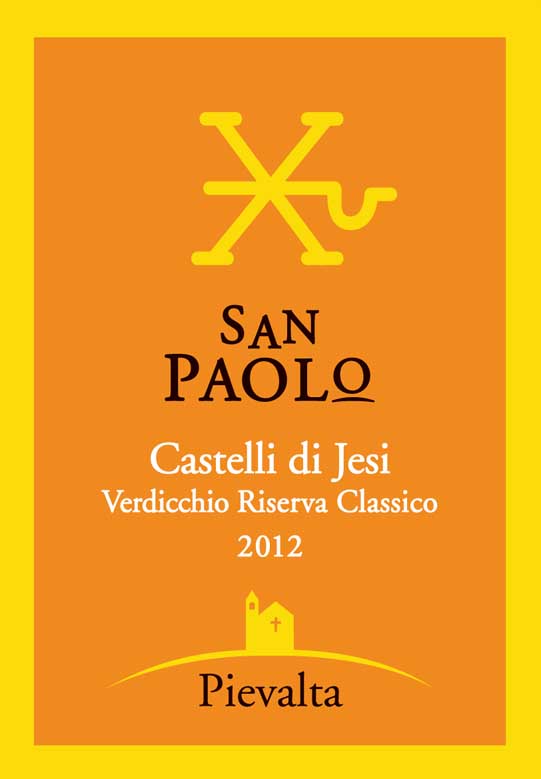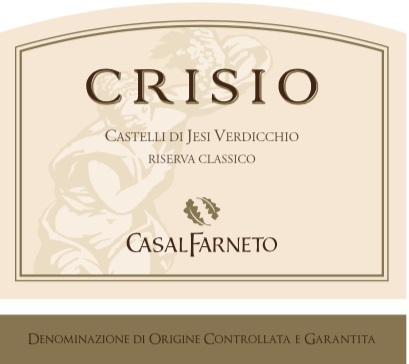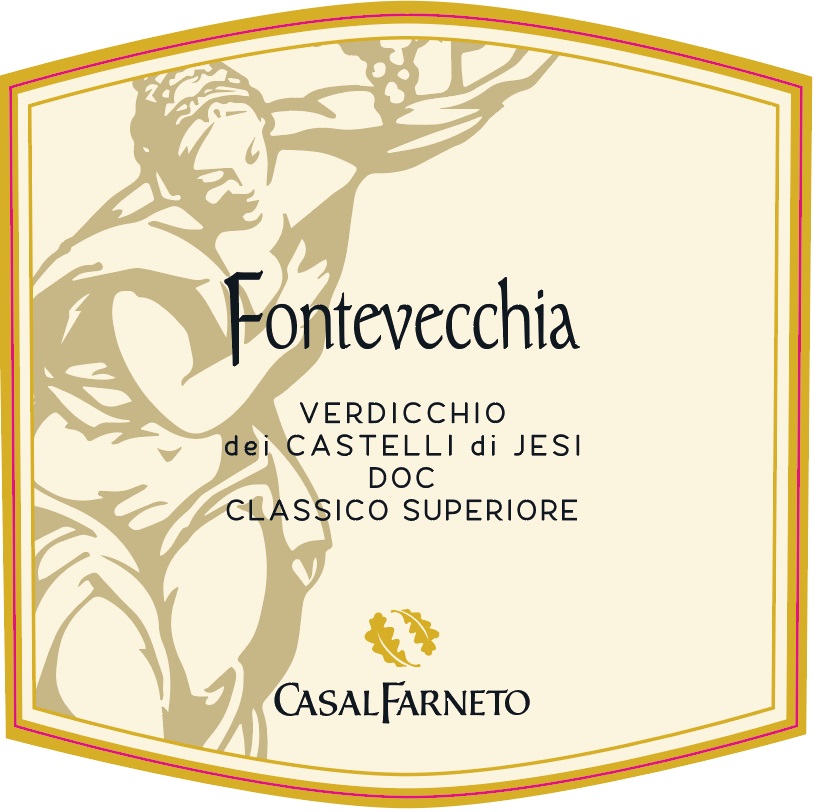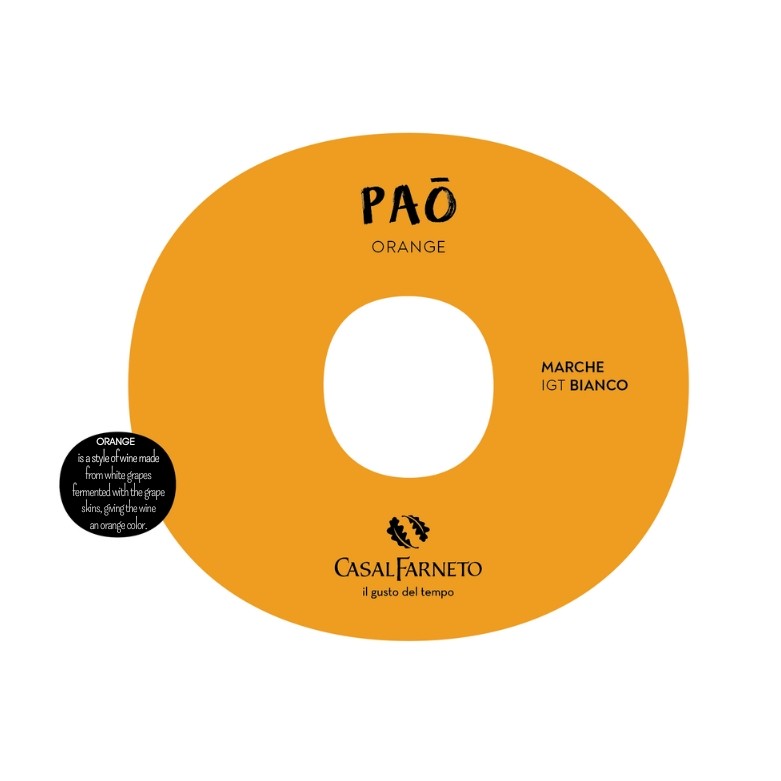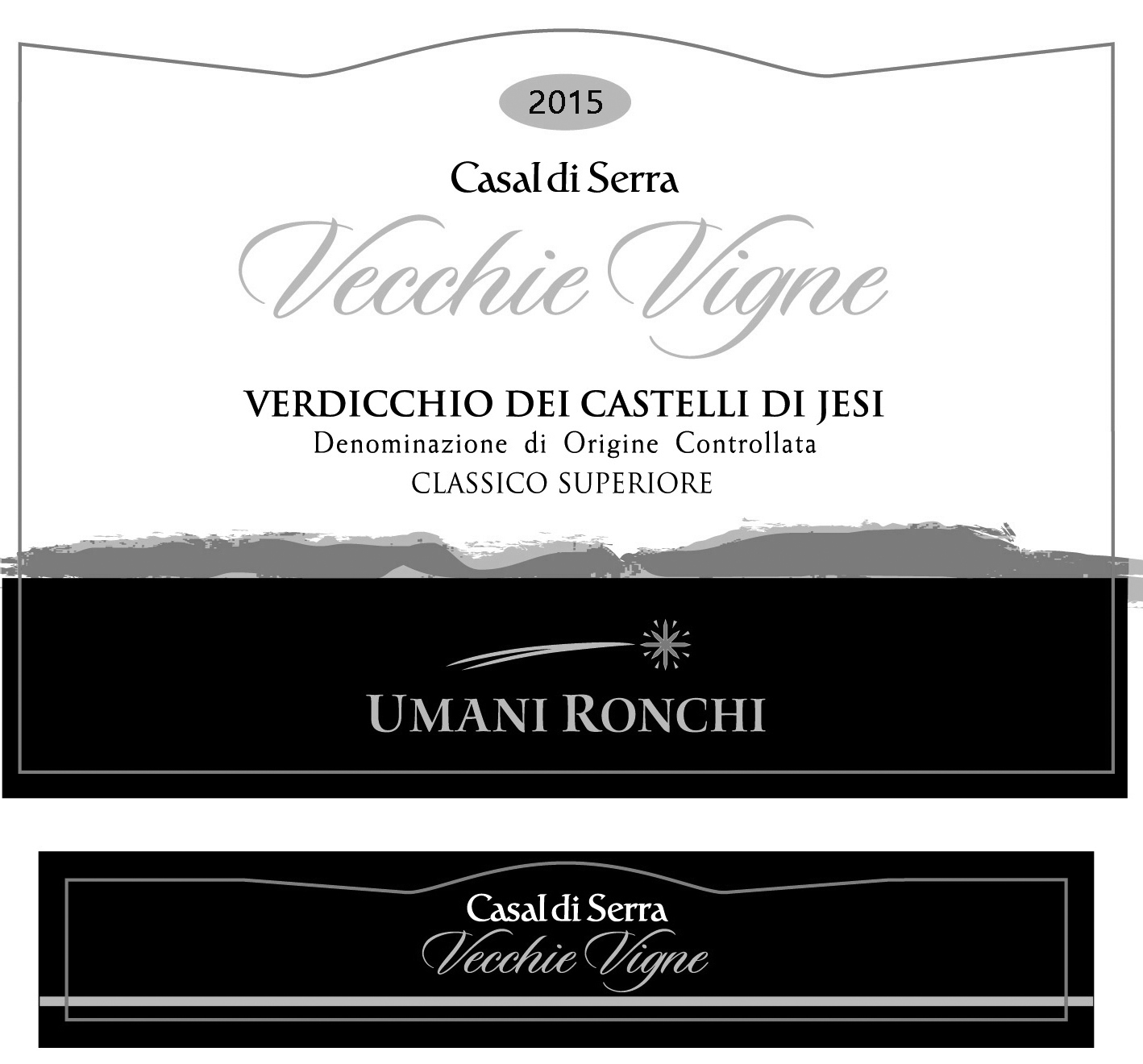Origins and Global Presence of Falanghina and Verdicchio
Falanghina: The Ancient Jewel of Campania
Falanghina’s story begins in the volcanic soils of southern Italy, where it has flourished since ancient times. Thought to have been brought by early Greek settlers, this grape’s name is tied to the wooden stakes once used to train its vines in Roman vineyards. Falanghina is closely linked to the legendary Falernian wine of antiquity, once poured at the tables of emperors. Despite the challenges faced by many native grapes, Falanghina endured through centuries, partly due to its natural resistance to vineyard pests. Its true renaissance came in the late 20th century, as winemakers rediscovered its potential and brought it back to prominence.
Today, Falanghina is almost entirely found in Campania, where it is the star of several key appellations, including Falanghina del Sannio and Campi Flegrei. While small amounts are grown in neighboring regions like Puglia and Molise, its identity remains firmly rooted in its homeland. Outside Italy, Falanghina is still rare, with only a handful of vineyards in the United States experimenting with it since its official approval in 2014. For now, its bright citrus and floral notes remain a hidden gem, waiting to be discovered by adventurous wine lovers.
Verdicchio: Marche’s Signature White
Verdicchio is the pride of central Italy’s Marche region, where its presence has been documented for centuries. Its origins are intertwined with other Italian grapes, showing close genetic ties to the Trebbiano family and possibly even older varieties like Greco. Over time, Verdicchio has taken on many local names, a testament to its deep roots and the complexity of Italian grape history.
At its peak in the 1980s, Verdicchio was among the most widely planted white grapes in Italy, though some of these plantings were likely confused with similar varieties. Today, its stronghold remains the rolling hills of Marche, especially in the celebrated Verdicchio dei Castelli di Jesi and Verdicchio di Matelica areas. While small amounts appear in blends in nearby regions such as Umbria and Lazio, Verdicchio’s purest expression is still found in its homeland. Beyond Italy’s borders, it has yet to gain a significant foothold, making it a treasured secret for those who seek out authentic Italian whites.
Flavor Profiles and Characteristics of Falanghina and Verdicchio
Falanghina’s roots run deep in the sun-drenched hills of Campania, where it has been grown since ancient times. This grape’s history is closely linked to the early Greek settlers who brought their winemaking traditions to southern Italy, and its name hints at the wooden stakes used to support the vines in Roman times. Falanghina is thought to have played a role in the legendary Falernian wines of the Roman Empire, and its survival through the centuries is partly thanks to its ability to withstand vineyard pests that devastated other varieties. After a long period of obscurity, Falanghina experienced a revival in the late 20th century as modern winemakers recognized its unique character and quality.
Today, Falanghina is almost entirely at home in Campania, where it is the signature grape of several important appellations, including Falanghina del Sannio and Campi Flegrei. While a few small plantings can be found in regions like Puglia, Abruzzo, Molise, and Lazio, these are rare compared to its stronghold in Campania. Outside of Italy, Falanghina remains a curiosity, with only a handful of vineyards in the United States taking up the challenge since its approval in 2014. For now, its fame is mostly local, cherished by those who seek out the authentic flavors of southern Italy.
Verdicchio has a long and storied past in the Marche region of central Italy, where it has been cultivated for centuries. Its origins are closely connected to other Italian whites, with genetic ties to the Trebbiano family and perhaps even to the ancient Greco grape. Verdicchio’s many local names reflect its deep roots and the sometimes confusing history of grape identification in Italy. Over time, it has become a symbol of Marche’s winemaking tradition, valued for both its quality and its versatility.
While Verdicchio was once one of Italy’s most widely planted white grapes, especially during the 1980s, its true home remains the gentle hills of Marche. Here, it is the star of renowned appellations like Verdicchio dei Castelli di Jesi and Verdicchio di Matelica. In neighboring regions such as Umbria and Lazio, Verdicchio appears mainly as a blending grape, and outside Italy, it is rarely found as a varietal. Its reputation is built on its performance in its homeland, where it continues to be a favorite among those who appreciate classic Italian whites.
Food Pairings: Falanghina vs. Verdicchio
Falanghina Pairings
Falanghina’s lively acidity and aromatic complexity make it a standout choice for pairing with food. Its crisp character is especially well-suited to dishes that highlight the flavors of the Mediterranean. Fresh seafood and shellfish are classic partners—think grilled prawns, steamed clams, or simply prepared white fish drizzled with olive oil and lemon. The wine’s subtle floral and citrus notes also complement vegetable-based starters, such as a Caprese salad or roasted peppers with herbs.
-
Seafood and Shellfish: Grilled swordfish, poached scallops, fried calamari
-
Pasta and Risotto: Seafood risotto, linguine with clams, pasta primavera
-
Vegetables: Caprese salad, baked tomatoes, roasted zucchini
-
Regional Specialties: Pizza Margherita, Buffalo Mozzarella, light seafood-based pizzas
-
Cheese: Young goat cheese, Buffalo Mozzarella, Feta, Havarti
While Falanghina is quite adaptable, it is best to avoid pairing it with heavy red meats like beef or lamb, as these can overwhelm the wine’s delicate profile.
Verdicchio Pairings
Verdicchio is renowned for its versatility at the table, thanks to its vibrant acidity and subtle mineral notes. It shines with a variety of seafood, from grilled white fish and pan-seared scallops to classic Italian fritto misto. The wine’s herbal undertones make it a wonderful match for pasta with pesto or truffle risotto, allowing both the food and wine to enhance each other’s flavors. Verdicchio also pairs well with roasted chicken, vegetable dishes, and fresh cheeses.
-
Seafood: Grilled fish, oysters, mussels, seafood pasta
-
Poultry and White Meats: Herb-roasted chicken, turkey breast
-
Pasta and Risotto: Pesto pasta, truffle risotto, creamy mushroom sauces
-
Vegetables: Herb-laced vegetable dishes, sautéed greens
-
Cheese: Young Pecorino, goat cheese, fresh mozzarella
Verdicchio’s high acidity means it can clash with dishes that are heavy on vinegar, but it can handle a touch of spice or richness better than many other light whites. Its adaptability makes it an excellent choice for a wide range of Mediterranean and Italian-inspired meals.
Which Wine Is Right for You?
Deciding between Falanghina and Verdicchio depends on your taste preferences and the occasions you have in mind. Both are classic Italian whites with lively personalities, but they bring different experiences to the glass:
-
Choose Falanghina if you love crisp, aromatic wines with bright citrus, green apple, and floral notes. Its refreshing acidity and gentle minerality make it ideal for light seafood, salads, and Mediterranean fare. Falanghina is a great choice for warm-weather sipping, casual gatherings, or anyone curious about a historic grape with modern charm.
-
Choose Verdicchio if you appreciate vibrant, zesty whites with high acidity and a touch of herbal and almond complexity. Verdicchio offers impressive versatility—from crisp, mineral-driven styles to richer, age-worthy wines. It pairs beautifully with a wide range of foods, including seafood, poultry, vegetable dishes, and even creamy risottos. If you’re seeking a wine that can age gracefully and shine at the dinner table, Verdicchio is a standout.
Exploring both varietals—especially from their home regions in Campania and Marche—will help you discover which style best suits your palate and your favorite meals.













